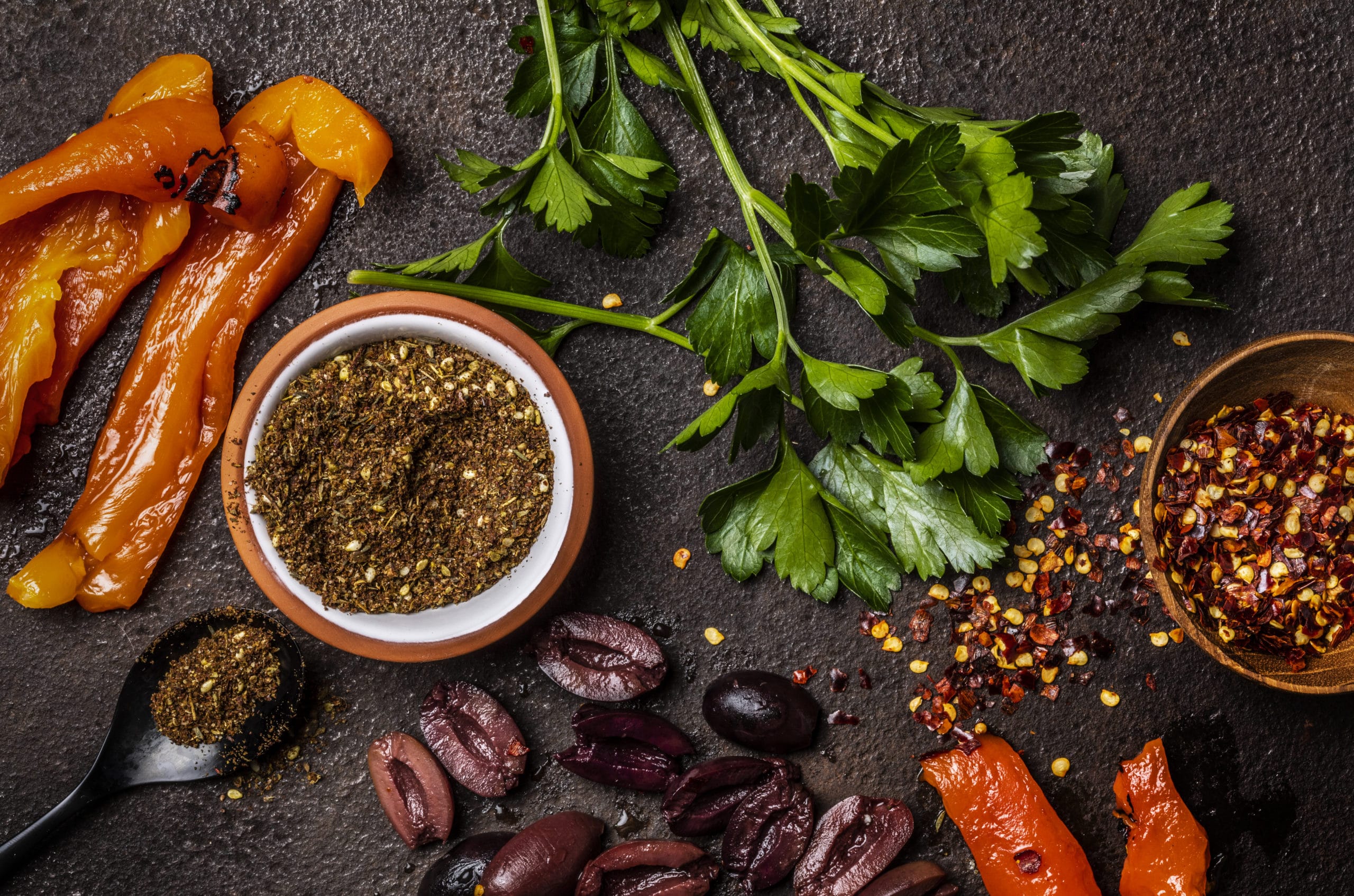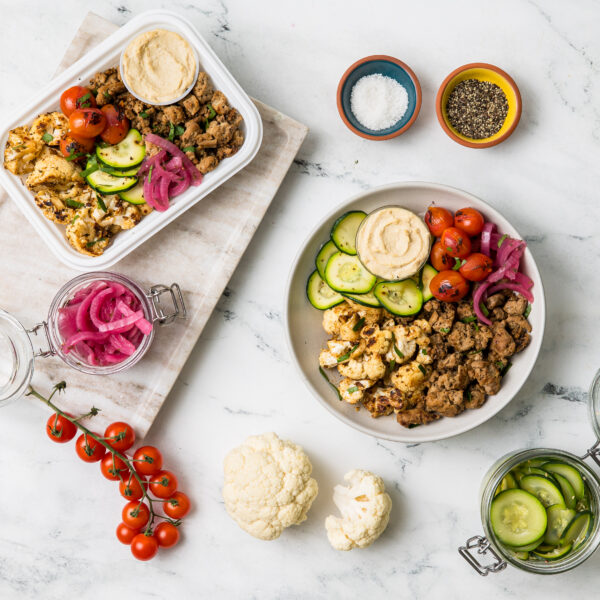Spring is upon us, and I don’t know about you, but I am excited for sunnier days and warmer temperatures over the next few months. Like all seasonal changes, springtime brings an abundance of new foods ripe for the picking, packed with vitamins, minerals, antioxidants, and all the goodness that nature can provide us.
To embrace and celebrate the spring season, we’re sharing our seasonal fruit and veggie favorites, including some ingredients you’ll find in our Snap Kitchen meals!. Keep in mind that different parts of the country will have different in-season ingredients. If you aren’t sure what’s in season near you, check out your local farmers market, or try an online seasonal food calendar!
Strawberries
This sweet and tangy fruit is packed with high levels of antioxidants known as polyphenols. Their vibrant color is a visual giveaway of their antioxidant capacity, and they are an excellent source of Vitamin C, Vitamin B9, and Potassium.
Apricots
The smaller version of a peach, apricots have a distinct taste with the tartness of a plum. Apricots’ beautiful yellow and orange colors offer beta-carotene, a powerful antioxidant that is the precursor for Vitamin A. Research has found that eating a carotenoid-rich diet (think red and orange fruits and vegetables) supports eye health and prevents eye diseases.
Mushrooms
Many different types of mushrooms are cultivated year-round, but several varieties pop up in the springtime. Depending on where you live, you might find options like Oyster, Shiitake, or Portobello. The distinct white color on these vegetables is from a phytochemical called anthoxanthin. Anthoxanthins are another powerful antioxidant known for their anti-inflammatory properties, anti-cancer benefits, and the potential to reduce heart disease and stroke risk.
Asparagus
Asparagus is a spear-like vegetable packed full of goodness, including Vitamin A, Vitamin C, and Vitamin K (used in bone formation and blood clotting). Asparagus also contains folate, the B vitamin necessary for the formation of blood cells and an essential nutrient for fetal development in pregnancy. Here at Snap, one of our newest dishes, the Smoked Salmon Sushi Bowl, features fresh asparagus!
Zucchini
Zucchini is another vegetable packed with nutrients, and it’s very versatile. It’s easily identifiable by its oblong shape and yellow or green peel. Sky’s the limit when it comes to how to eat this vegetable! It’s a popular swap for formerly carb-heavy dishes like zucchini noodles or baked goods (hello zucchini bread!).
Zucchinis have also been shown to improve gut health and digestion. They contain both soluble and insoluble fiber. Insoluble fiber aids GI transit time, and soluble fiber may help you maintain optimal cholesterol levels, thereby improving cardiovascular health. Sounds like a win-win to us! Our customer-favorite almond-crusted salmon is paired with perfectly roasted zucchini!
Cauliflower
Cauliflower is traditionally known to be white, but look out for orange, green, and even purple varieties to add a little fun to your dishes. No matter which color of cauliflower you choose, there is no denying the tremendous health benefits it provides. As with most cruciferous veggies, it has been studied mostly as it relates to cancer protection since it contains both Vitamin C and Glucosinolates, sulfur-containing compounds that help protect cells from damage.
You’ll find this superstar in a few of our dishes, including our popular mainstays, naked beef, and naked chicken!
Carrots
Considered a crowd favorite, carrots are a root vegetable known for their exceptionally high antioxidant content. Crunchy and slightly sweet, you can also find these in purple, orange, yellow, red, and white varieties. Can you say “taste the rainbow”? These vibrant colors are the signs of the high amount of Vitamin A and carotenoids (e.g., beta-carotene, alpha-carotene, etc.) that they contain. You’ll find carrots in quite a few of our dishes, including our naked salmon and almond-crusted salmon.
Collard Greens
Traditionally viewed as a southern side dish, this underrated cruciferous veggie does not get the hype it deserves for its versatile taste and health benefits. Collard greens are an excellent source of Vitamin A, Vitamin C, Calcium, and a good source of iron and Vitamin B-6. Due to their high water content, these smooth, dark green leaves shrink down when cooked, so don’t be shy with your portion! You might be asking how to incorporate collard greens into your own meals. We’ve got you covered! Use them for wraps, stir them into your soups or stews, or sauté with your eggs in the morning.
What’s your favorite spring fruit or veggie? Let us know in the comments!





Leave a Reply
No Comments